From stylish to casual and everything in between.
Japan’s capital is deservedly known as one of the world’s shopping meccas. Offering numerous vibrant and trendsetting districts, you can find everything from high-end to offbeat. From subculture favorites to traditional crafts and vintage wares, you’re sure to find it! Beyond department stores, the city has countless shopping streets. These streets range from posh boulevards packed with flagship stores to back alleyways focused on a particular niche such as sport or vintage clothing. Read on for the low-down on the five most popular Tokyo shopping neighborhoods.
Ginza
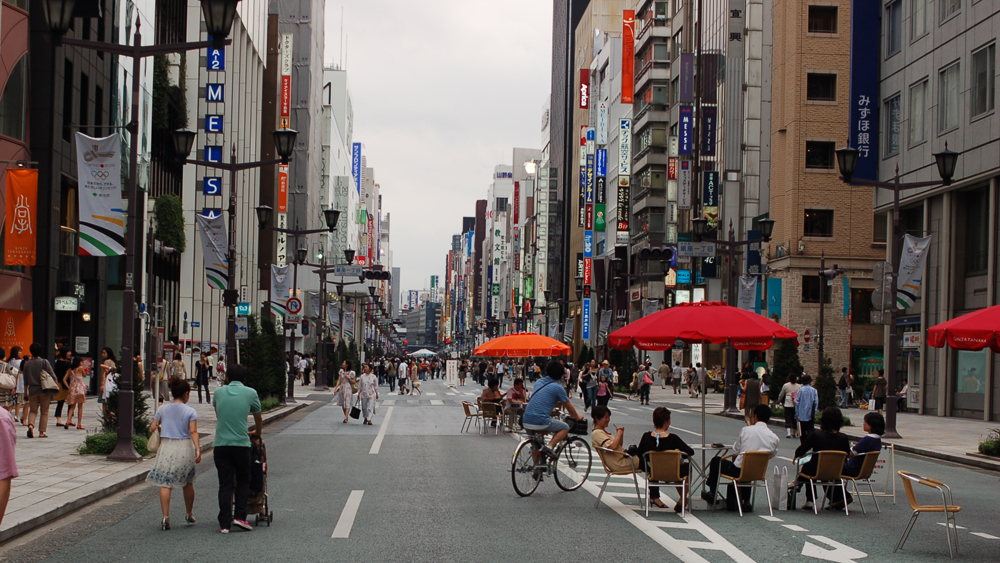 © Photo by Kim Ahlström
© Photo by Kim AhlströmGinza is the ritziest and biggest upscale shopping district in Tokyo. It’s home to posh boutiques and glamorous department stores, such as the classic Mitsukoshi and avant-garde Dover Street Market Ginza. On a global scale, it’s comparable with Oxford Street in London or Fifth Avenue in New York. In addition to the various flagship stores of international designers such MCM, Michael Kors, Christian Dior and Louis Vuitton, there has also been a rise in affordable fashion chains. Uniqlo, Zara and Abercrombie & Fitch arrived in Ginza over the past years. However, tucked in between some of the impressive facades are traditional craft shops like the fine crafts at Takumi.
The varied shopping options in this Tokyo neighborhood reflect the scope of the city’s consumer culture. Ginza is a blend of high-fashion luxury and more down-to-earth dedication to traditional crafts and the heritage of the country. Therefore, it’s a fascinating area where the latest trends and the oldest traditions meet.
Shinjuku
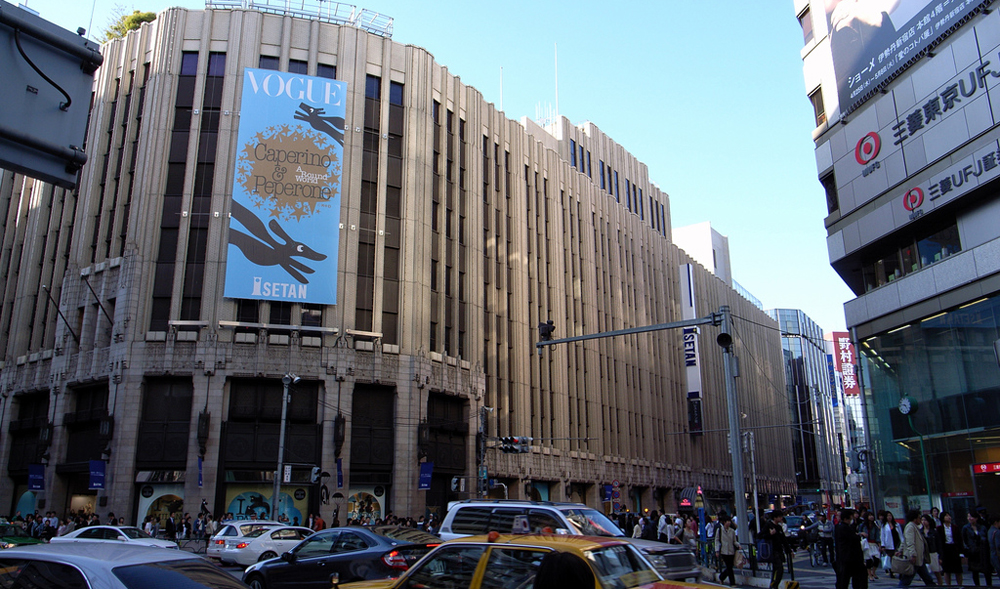 © Photo by Yoppy
© Photo by YoppyShinjuku is probably Tokyo’s most crowded neighborhood. It has the busiest train station in the world (serving more than three million people a day). Shopping here can also be a little overwhelming. Shinjuku station itself is one of the largest shopping complexes in Japan. It offers two underground malls and several large department stores. One such is the famous Lumine, which spans three different buildings that are all connected to the station. Mosaic Street is a narrow pedestrian shopping street. It runs across the top of the station linking Mylord with the Keio department store.
Shinjuku is also home to the world-renowned department store Isetan, which was established in 1886. Located near the East exit of the station, Isetan has multiple large floors. It is dedicated to the latest women’s fashion trends, as well as a separate building for fashion-forward men’s clothing. The location is also known for its huge basement food wonderland, called depachika in Japanese (literally department store underground). Just across from Isetan you will also find Bicqlo, a unique and interesting collaboration between Uniqlo and Bic Camera. Shinjuku can be a handy one-stop shopping destination with a huge variety of choices.
Shibuya
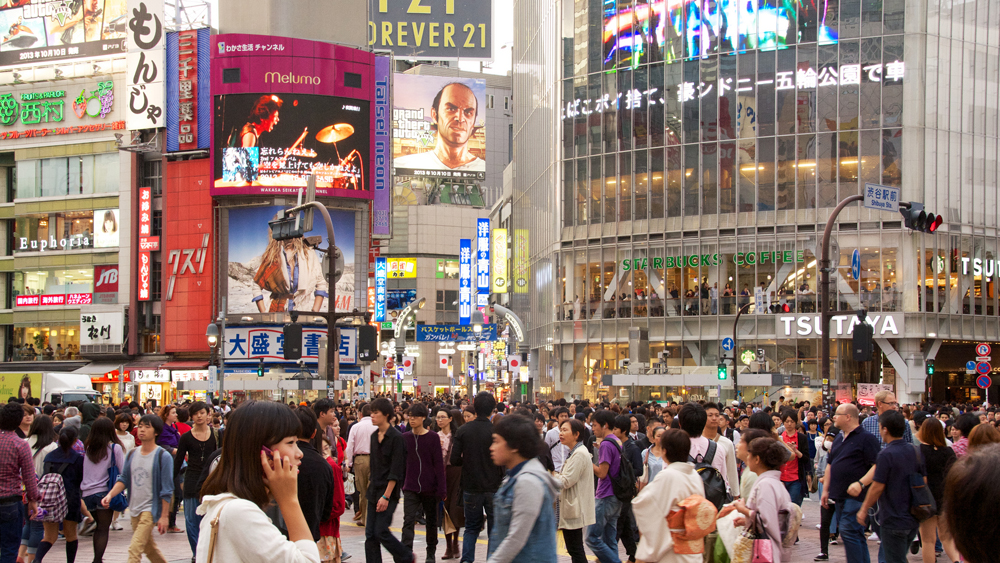 © Photo by Yoshikazu Takada
© Photo by Yoshikazu TakadaShibuya is Tokyo’s liveliest shopping neighborhood and the fountain of teen trendiness in Japan. Many of the department stores in this area target young female shoppers in their early 20s. One of these is the world-famous Shibuya 109 (“ichi maru kyu“), a Japanese fashion institution that has been around since 1979. Other department stores and shopping complexes include ShinQs, Tokyu, Shibuya Mark City, Seibu, Loft, Parco and several Marui (OIOI) locations. One renowned and contemporary building is Shibuya Hikarie. It is directly connected to the station and includes a 10-floor shopping complex catering mainly to Japanese career women. Above the shopping levels, there are restaurants with nice views over the area. There are also large event spaces where various exhibitions and the Mercedes-Benz Fashion Week are held as well as an elaborate four-floor theater space that hosts Western-style musicals.
Next to the department stores, Shibuya is well known for its three exciting shopping streets: Koen Dori, Spain Zaka and Center Gai. If you’re over 30 you might feel a bit too adult in some of the stores. Some trends probably won’t exactly match your wardrobe but just cruise through and amuse yourself with the madness.
Harajuku
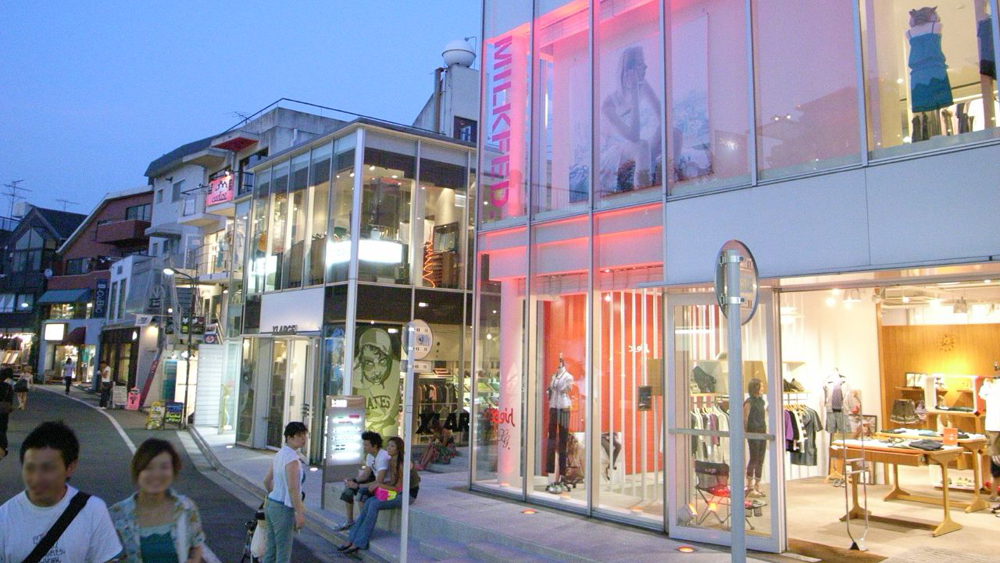 © Photo by Alex de Carvalho
© Photo by Alex de CarvalhoHarajuku has a long history and is the center of Tokyo’s most extreme youth culture. It’s home to the famed Harajuku girls (and boys). East of Harajuku station lies Takeshita Dori, known throughout Japan and across the globe as a popular hangout for 13- to 15-year-olds. The street—especially crowded during weekends—is crammed with shops. These shops sell outrageous, inexpensive clothing, fancy accessories and souvenirs, as well as crepe stands and fast food outlets. After the 1964 Tokyo Olympics, fashion designers began to set up their offices and studios in this area and neighboring Omotesando. Since then, more and more clothing stores for adults, hip coffee shops, and trendy restaurants have been built there. It is also a hotspot for vintage shopping. In Ura-Hara, the maze of backstreets behind Omotesando, you will find eccentric little shops and heaps of secondhand stores.
There are also the two trendsetting shopping complexes of LaForet Harajuku and Tokyu Plaza Omotesando Harajuku. These consist of several floors of fashion boutiques and shops, which are also mainly targeted to young, female shoppers. The LaForet Museum on the top floor hosts various events and exhibitions. On the sixth floor of Tokyu Plaza you can have a cup of Starbucks coffee in a pleasant green space while enjoying a nice view over the district. Both the Japanese and international fashion industries keep a close eye on Harajuku. Many Tokyo fashion subcultures in the past have had their origin in this highly creative area.
Omotesando
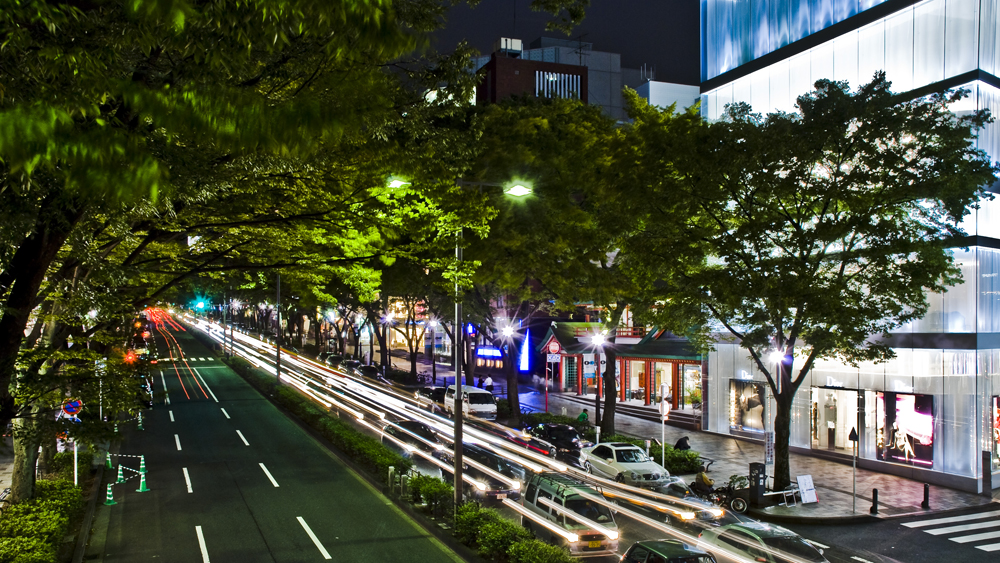 © Photo by Noli Fernan
© Photo by Noli FernanNeighboring on Harajuku, Omotesando is the second-largest upscale Tokyo shopping neighborhood after Ginza. The beautiful Omotesando avenue has a distinctly European feel. It is sometimes referred to as Tokyo’s Champs-Élysée. It’s lined with Zelkova trees leading to the famous Meiji Shrine and Yoyogi Park. High-class domestic and international brands such as Hugo Boss, Alexander McQueen, Issey Miyake, Comme des Garçons, Maison Martin Margiela and many more are located along this impressive boulevard. However, if you are more interested in lesser-known international designers, one of the several stores by H.P. France might be a good place to start. One such store Wut is located in a narrow side street off Omotesando. It sells cutting-edge fashions by young German designers, among others.
By contrast, Omotesando Hills, a contemporary shopping mall and residential space with over 100 shops, is also worth a visit. Even if you’re not into shopping, this epicenter of high fashion is also home to some of the most amazing examples of modern architecture anywhere in the world.
No comments:
Post a Comment